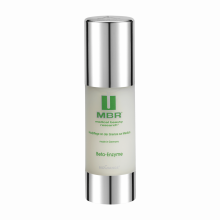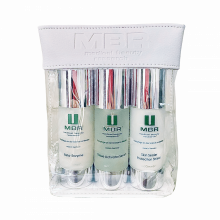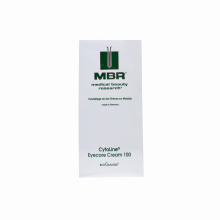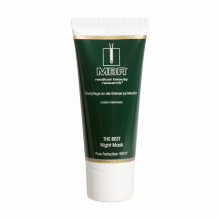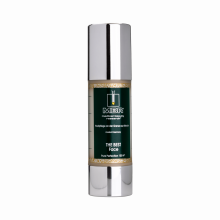Scars Treatment
Scars don’t ever completely go away, but their appearance can be diminished with scar revision treatment. The type of treatment depends on the scar type.
Research shows that inexpensive silicone gel sheets worn over a scar area, particularly a fresh scar, can reduce hypertrophic or raised scars.
Often, dermatologists will use chemical peels such as glycolic acid to reduce the appearance of acne and chickenpox scarring.
Products with glycolic acid
Dermabrasion is essentially a high-speed “sanding” method used to reduce the appearance of raised scars. Dermabrasion is a rather involved process involving specialized equipment and general anesthesia.
Often, hypertrophic and keloid scars can be reduced or flattened out through the use of steroid injections. This procedure involves injecting the steroids directly into the scar tissue several times for a few weeks.
Dermal fillers are compounds injected into atrophic scars to help fill and smooth them out. Bio-degradable compounds are often used because they are safer, but they tend to break down over time, warranting retreatment. Alternatively, there are non-degrading synthetic polymers that can be used. These are far more effective as a long-lasting permanent solution; however, they are only as safe as the person administering the treatment. In the event of a mistake, synthetic fillers can be difficult to undo.
There are several laser revision methods used in treating different scar types. Typically, they vaporize excessive scar tissue; reduce redness, and resurface or re-contour the scar area. Specific lasers, in particular, have been shown to be effective for treating several scar types by stimulating the skin’s remodeling process.
In cases where the original scar is overly large and unsightly, surgery can reduce its size. Although this method still leaves some scarring, the resulting scar tends to be much smaller and more discrete than the original.
Finally, cryosurgery is fast becoming a preferred method of shrinking large hypertrophic and keloid scars. In it, the top layers of the scar are frozen, causing the tissue to die, after which it can be removed, revealing fresh, smoother skin.

